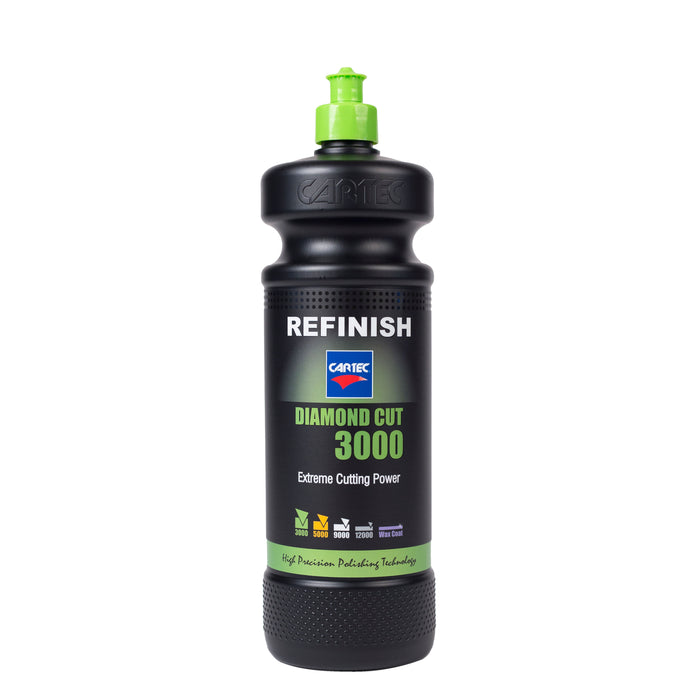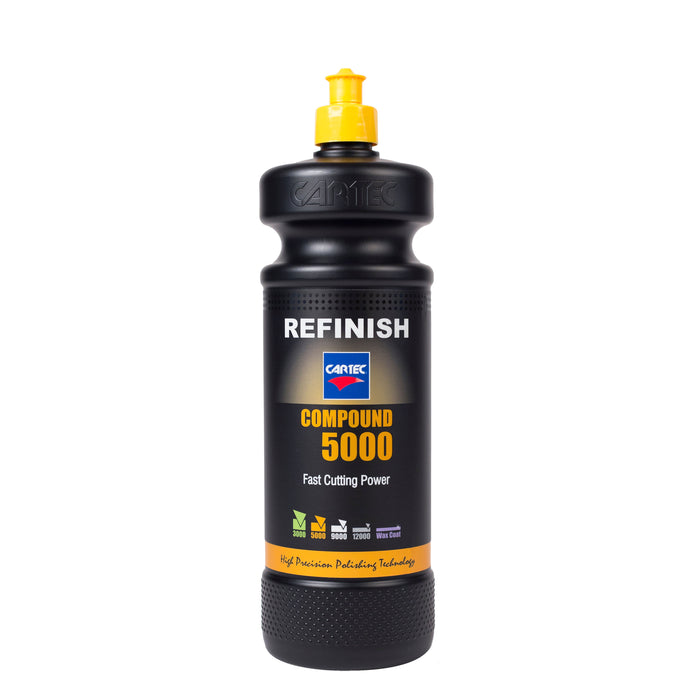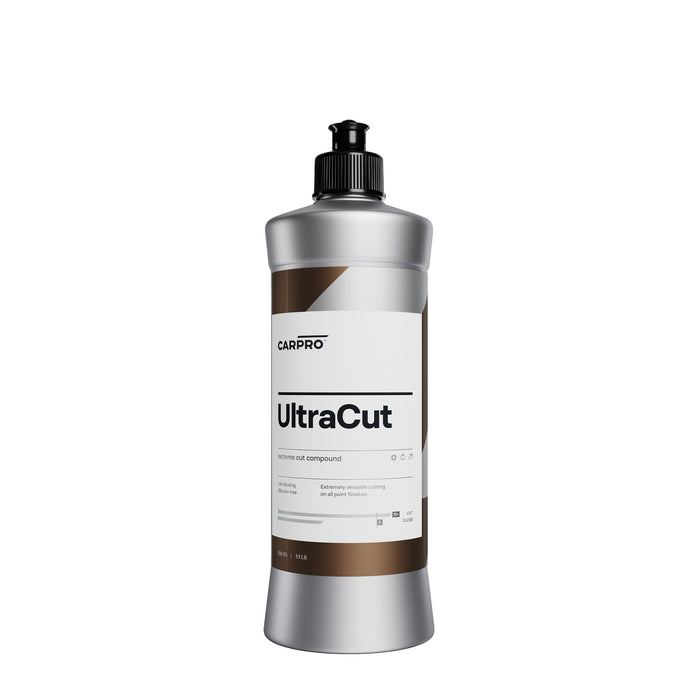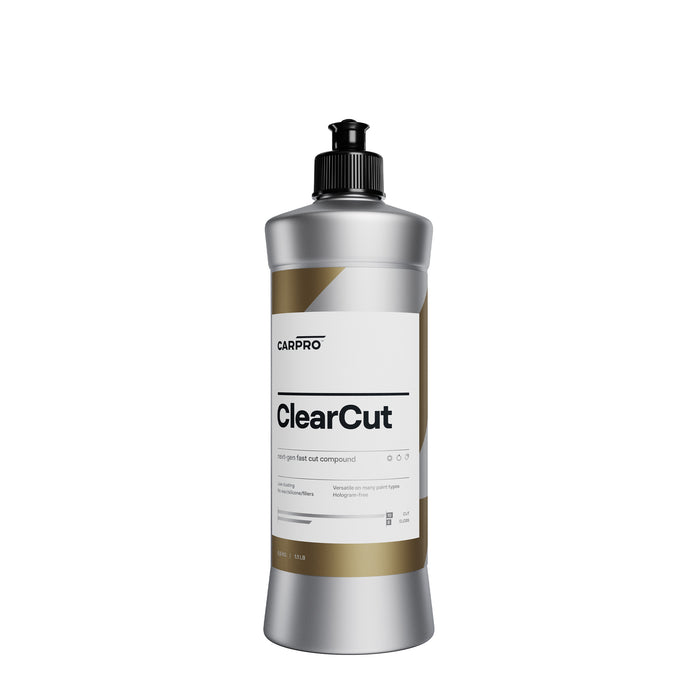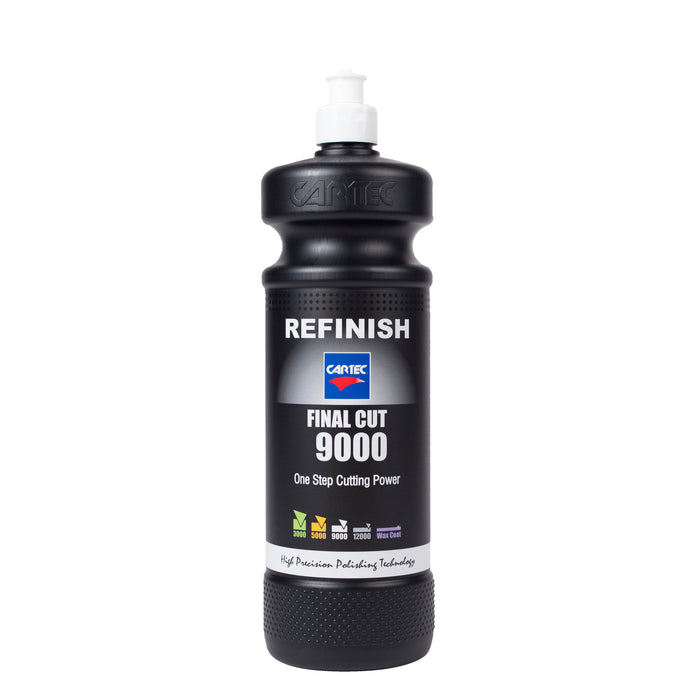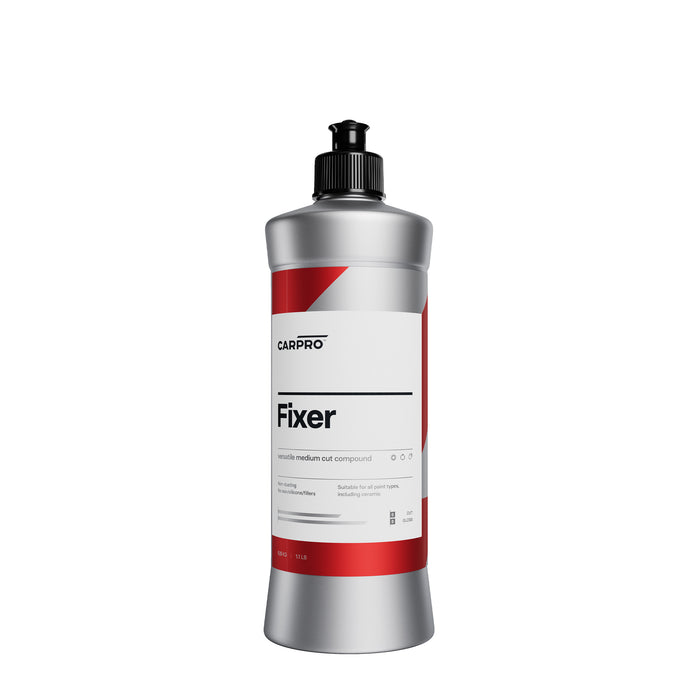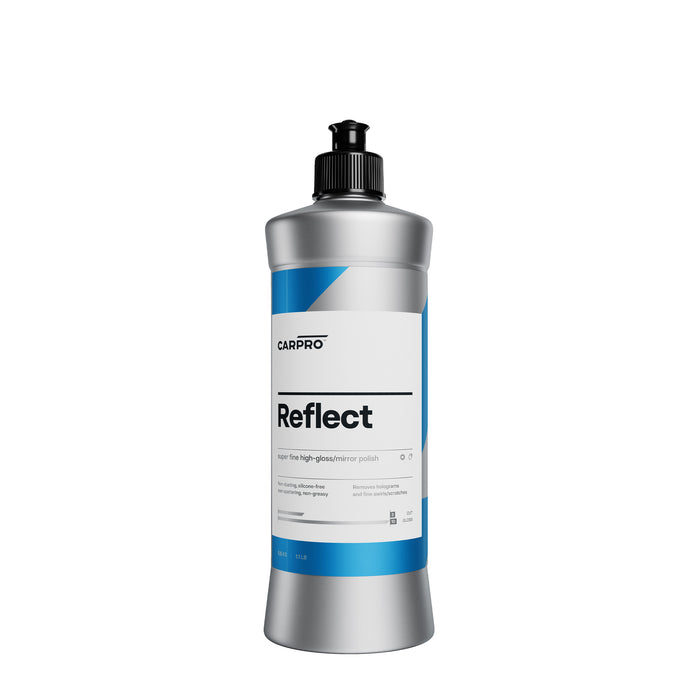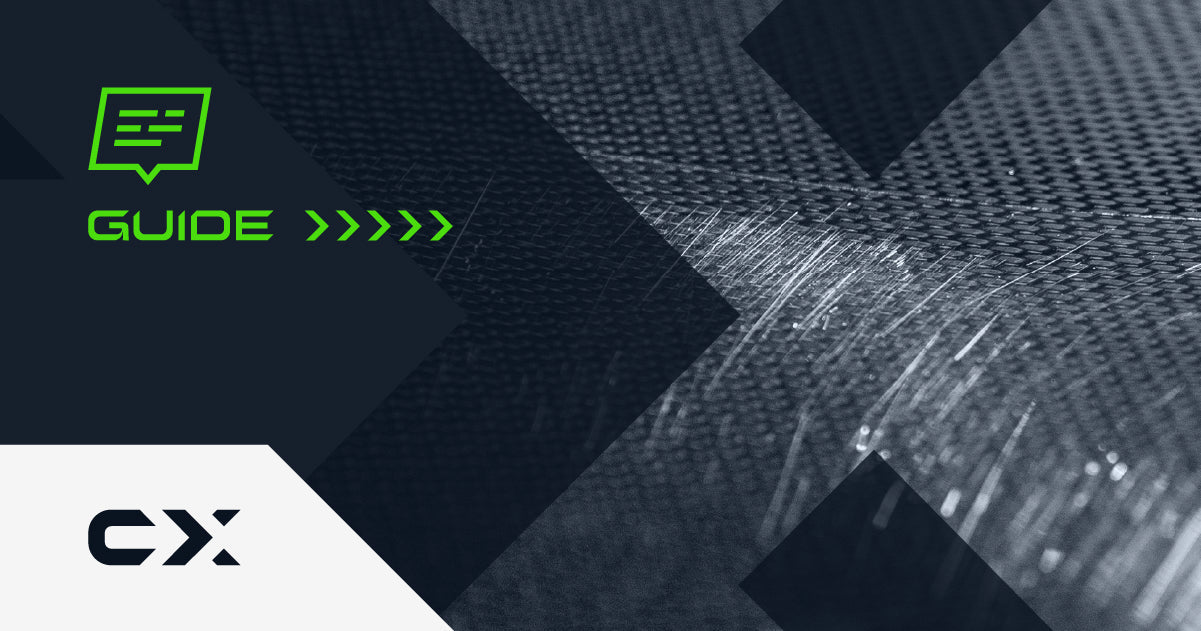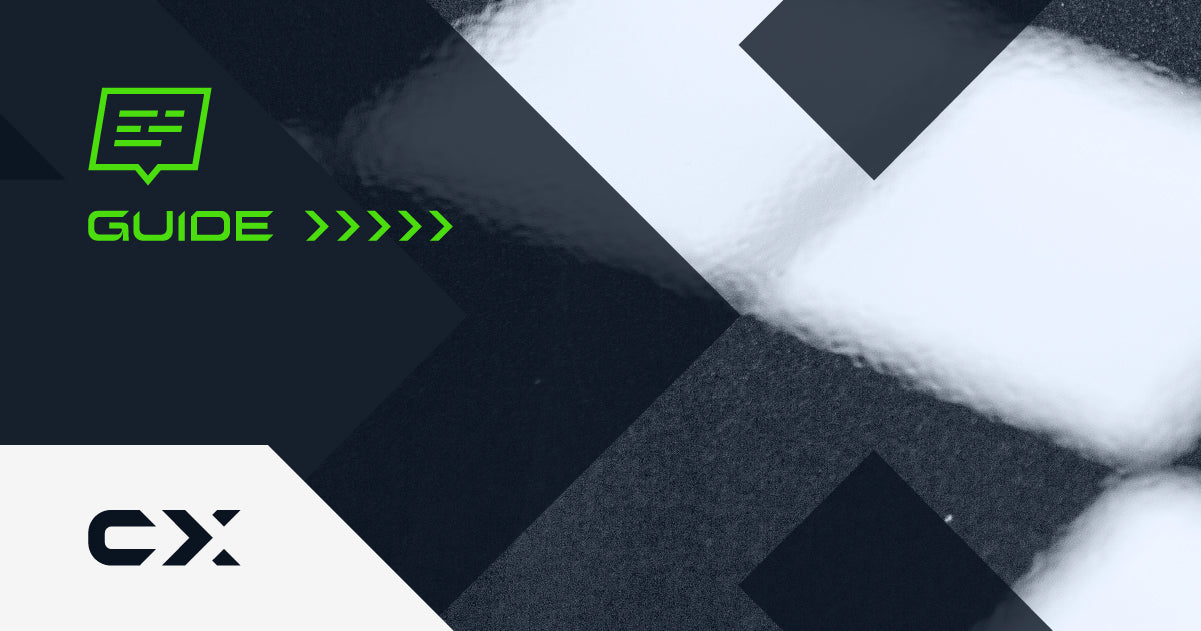Polishing is the fundamental step when you want the paint to reach its maximum depth , gloss and shine .
With a correct Polishing removes imperfections such as scratches, halos and oxidations, which also cause dullness.
Polishing can be done by hand but to achieve a good result it is essential use a polisher .
/// POLISHING BY HAND
Manual polishing is certainly within everyone's reach as it does not require any particular knowledge or techniques, However, it has many limitations, as defects, even the slightest ones, cannot be removed.
But in case where you are not able to use a polisher, the product can still be applied by hand. The application can be done with a microfibre cloth . The polish should be worked with a medium to moderate pressure using a circular motion and then remove excess product.
After the entire car has been polished, it will be necessary to complete the job by applying a sealant or wax that will help to keep the surface smooth and bright.
/// GETting READY TO POLISH
Preparation to achieve optimal polishing is essential. For this reason, if a good basic goals will be achieved with ease.
- Light/illumination : suitable light is essential to be aware of the result you are getting. is getting. Using a correct light source helps correct imperfections, optimal tools are the Scangrip lamps.
- Masking : This is used to avoid damaging areas that do not need to be polished and It also allows you to avoid having to remove polish from gaskets, frames, moldings, headlights and grilles. Q1 Tapes masking tapes are perfect for this type of need, they can be easily removed from the paint without leaving any glue residue.
/// CHOICE OF PRODUCTS
With all the polishing products available it can be difficult to know which ones are right for you. and which combination of the latter is perfect for your car.
Fundamental to this step is the spot test , that is, a test of the various combinations of the products on a part of the car, useful to have answers on the tested combinations and to understand something more also regarding the transparent. A suggestion is to start from the most delicate solution to get to the most more aggressive.
Compound
They are definitely the most powerful polishes and are specifically designed to remove serious defects. Refinish Diamond cut 3000 and Compound 5000 or Ultracut and Clearcut They are specific products that quickly and extremely easily eliminate sanding marks, dullness, oxidation, overspray, orange peel, drips and dust marks.
Medium Polish
They are less aggressive products but still give a good level of correction and finishing. They are mainly One-Step, such as Refinish Final Cut 9000 or Fixer , that is, they are able to complete an entire job without ever changing the product polishing but simply by changing the pad used. It also leaves an exceptional finish and a high shine with both rotary and random orbital polishers.
Finishing Polish
These products are specifically designed to make your car's paintwork rich in brilliance and depth like Refinish Ultra Finish 12000 or Reflect and Essence . They are able to make the bodywork achieve a real " mirror effect " preparing it for the application of a wax or sealant.
/// THE POLISHERS
There are two main types of polishers.
Rotary
To use these polishers a certain technical knowledge is required and practice , but they are able to ensure great results both in terms of correction and finishing. For example the ShineMate EP820 is very powerful and lightweight, has a built-in speed stabilizer and an ergonomic design. It has enough power to tackle any type of job and is a comfortable tool for everyday use too continuous.
In addition to the EP820, there are several other rotary polishers that differ in size and power.
Dual Action
It is a very simple polisher to use and has very high performance levels. The ShineMate Polisher EX620 , for example, is able to eliminate even the most serious defects, ensuring an optimal finish. Furthermore These polishers are vibration-free and can therefore be used for long-lasting jobs without too much effort. fatigue. For beginners, we recommend the ShineMate ERO600 G2 which has an excellent quality/price ratio.
Polishing Pads
The pads have different characteristics, designed to best meet the performance and objectives of the polishing:
- Central hole , useful to avoid dirt accumulation. It is found in polishing pads rotorbital.
- Trapezoidal or conical, they work on surfaces that are not perfectly smooth.
- Open cell technology , allows for effective heat dispersion.
- Sponge , these are very versatile pads. They can be open-cell , that is, they allow to allow air to move freely in the cells, cooling temperatures and making the pad processing easier stable. Or they can be closed-cell , which makes the swab more compact.
- Microfibre , thanks to their short pile structure, work very well with polishers rotorbital. Their use is recommended when a high cutting capacity is required.
- Wool , have a long-haired structure. Their use is recommended on polishers rotary. They have high cutting capacity. But there are versions that can also be used with a polisher rotorbital.
Our range of pads differs according to the objective you have, there are swabs for serious, medium or minor defects. the finishing.
The size of the pad also affects the treatment and the speed of the process.
The smaller the pad, the greater the maneuverability, but its replacement will be more frequent in how much faster it will be soaked in product.
The larger pads are instead more used for faster work on large surfaces or for applying waxes and sealants. The downside of the their use is the fact that in small areas they will have less precision.
There is no better measure than another, it all depends on the use you want to make of it and the type of objective you want to achieve.
For maintenance , it is necessary to clean the pads frequently using an air gun. Vortex that removes polish residues. To prolong their use, we recommend washing them in the washing machine at 30°, without spinning, using neutral soap (no fabric softener) and dry them in the dryer. For each polish it is It is preferable to use only one tampon unless the latter is washed.
/// HOW TO POLISH
Polishing with rotary and random orbital polisher
- Choose the right buffer and polish for the surface you need to work on and the amount of defects you need to remove, and center the pad on the backing pad
- Apply 4 drops of polish to the outside of the pad
- Outline the work area, ideally a portion of 60x40cm
- Distribute the polish evenly over the entire surface to be treated with the polisher turned off.
- Turn on the polisher at minimum speed and distribute the product on the surface
- Adjust the power of the polisher according to your needs without going to maximum revs.
- Move the polisher crosswise at 2-5 cm per second trying to keep it always moving and working from corner to corner
- Proceed until polishing is complete
- Polish the area again but in the opposite direction and using less pressure than before.
- Repeat the procedure until you achieve an optimal result.
After completing the polishing the clear coat will be visually brighter and more brilliant. After this phase check the result achieved by cleaning with Panel Spray and then proceed with the application of a glaze, a sealant or a wax.


